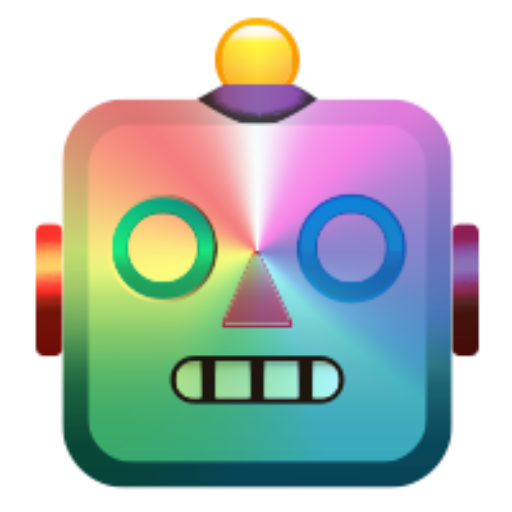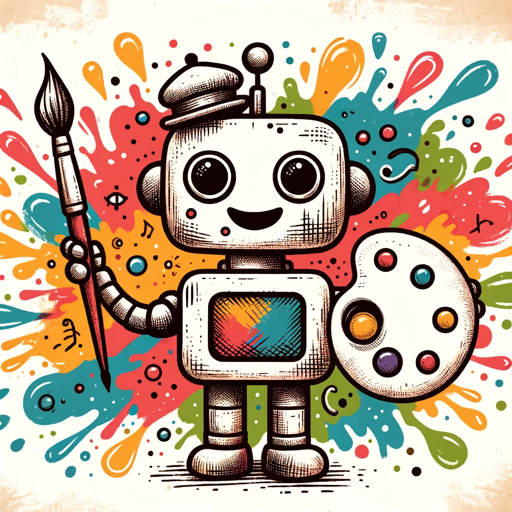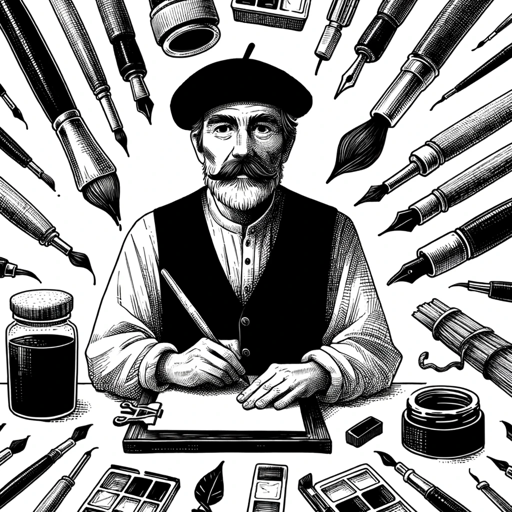Drawing to Image-AI-powered drawing transformation
Transform sketches into stunning images with AI.
Turn This image into a realistic render!
Bring this Drawing of my house to Life!
Turn this drawing of my car to Life!
Turn this drawing of My dog to Life!
Related Tools
Load More
Draw
Create, save, and share your AI art and images 🤖

AI绘画|画图|画画|超级绘图|牛逼dalle|painting
👉AI绘画,无视版权,精准创作提示词。👈1.可描述画面2.可给出midjourney的绘画提示词3.为每幅画作指定专属 ID,便于精调4.可以画绘制皮克斯拟人可爱动物。1. Can describe the picture . 2. Can give the prompt words for midjourney's painting . 3. Assign a unique ID to each painting to facilitate fine-tuning

Draw Almost Anything Bot
Draws almost anything you want by modifying your prompts

Sketchy
Create black and white sketches that seamlessly blend into white backgrounds.

Visio
A structured GPT for image generation and editions , with size options, SVGs, replication and more.

Draw (Nearly) Something
Create multiple images with consistent styles 创作多张风格一致的图片
20.0 / 5 (200 votes)
Introduction to Drawing to Image
Drawing to Image is an AI-based service designed to convert hand-drawn sketches, concepts, or basic digital drawings into highly detailed and realistic images. The core purpose of this service is to maintain the original design and concept of a drawing while enhancing it with realistic textures, colors, lighting, and other fine details that are often challenging to achieve manually. For instance, if an artist provides a simple pencil sketch of a landscape, Drawing to Image will generate a realistic version of that landscape, complete with accurate lighting, shadows, and natural elements that match the original sketch. The service bridges the gap between conceptual art and polished visual outputs, making it valuable for a variety of creative and professional applications.

Key Functions of Drawing to Image
Realistic Enhancement of Drawings
Example
A concept artist sketches a character design with basic shading and outlines. Drawing to Image transforms this into a fully-rendered image with lifelike textures, clothing details, and facial expressions, staying true to the original sketch.
Scenario
This function is particularly useful for artists and designers who need to present polished concepts to clients or stakeholders but may not have the time or resources to produce hyper-detailed renderings manually.
Color Interpretation and Application
Example
An architect submits a black-and-white floor plan sketch. Drawing to Image automatically infers the materials and colors, rendering a photorealistic interior with appropriate wood, stone, and fabric textures based on the design cues.
Scenario
Architects and interior designers can benefit from this function when they need to quickly visualize how their plans might look in a real-world setting without spending hours on digital rendering.
Lighting and Shadow Integration
Example
A comic artist creates a panel showing a dramatic night-time scene with basic inked lines. Drawing to Image converts this into a richly detailed image where the moonlight casts realistic shadows and highlights, adding depth and atmosphere.
Scenario
Comic artists and illustrators can use this feature to enhance the mood and depth of their scenes, making their work more immersive and visually compelling with minimal extra effort.
Target User Groups for Drawing to Image
Concept Artists and Designers
These professionals often create initial designs that need to be visualized in a realistic format for presentations, marketing, or further development. Drawing to Image helps them quickly turn sketches into detailed images that accurately reflect their vision, enhancing their workflow and saving time on manual rendering.
Architects and Interior Designers
Architects and interior designers often need to present their ideas in a way that clients can easily understand and visualize. Drawing to Image allows them to take simple sketches or plans and convert them into realistic images that show exactly how a space will look, complete with accurate materials, lighting, and shadows. This makes it easier for clients to make decisions and for designers to communicate their ideas effectively.

How to Use Drawing to Image
Visit aichatonline.org for a free trial without login, also no need for ChatGPT Plus.
Start by navigating to aichatonline.org. The platform offers a free trial that allows you to explore the 'Drawing to Image' feature without the need to log in or subscribe to ChatGPT Plus. This makes it easy to test the tool and see if it meets your needs before committing.
Upload or draw your image.
Once on the site, upload your drawing or use an in-browser tool to create a sketch. The tool is designed to work with any drawing format, whether it's a simple sketch, detailed artwork, or even a photo of a hand-drawn image.
Select conversion settings.
Before generating the image, you can adjust settings such as color interpretation, lighting, and texture enhancement. These options help you fine-tune the realism of the output according to your original vision.
Generate the image.
Click the 'Generate' button to start the conversion process. The AI will analyze your drawing and transform it into a realistic image while preserving the original design and essence of your artwork.
Download or share your image.
Once the image is generated, you can download it in various formats or share it directly via social media or email. This makes it easy to showcase your transformed artwork or use it in further projects.
Try other advanced and practical GPTs
Photo to Drawing
Transform photos into stunning drawings with AI.

SunoAIプロンプトジェネレーター
AI-powered music prompt generator

Lebanon Communications Pro
AI-powered Communications for Lebanon, Missouri

The Tone Master GPT
AI-Powered Writing Tone Analysis and Enhancement

Assistente de Conteúdo Compreensível em Português
AI-powered Portuguese Language Learning Tool.

REescrever Textos
AI-powered text rewriting made easy.

Firebase
AI-powered Firebase for developers.

Ideogram AI Prompt Muse
AI-Powered Historical Typography & Calligraphy Prompts

Data Storytelling Expert
AI-powered data storytelling tool.

Storytelling
AI-powered storytelling for weddings and engagement

日语学习
AI-powered Japanese Learning Tool

TOC Turing Machine aaa*b
AI-powered Turing machine for regex

- Creative Projects
- Concept Visualization
- Digital Illustration
- Artistic Design
- Storyboard Creation
Common Questions about Drawing to Image
What types of drawings can be converted using Drawing to Image?
Drawing to Image can convert a wide range of drawings, from simple sketches to detailed illustrations. It supports both digital drawings and photos of hand-drawn images, making it versatile for various artistic styles.
How accurate is the color interpretation in Drawing to Image?
The tool is designed to interpret colors realistically, based on the cues provided in the original drawing. If your drawing is black and white, the AI will infer natural colors, but you can also manually adjust the color settings for more control.
Can I use Drawing to Image for commercial purposes?
Yes, the images generated by Drawing to Image can be used for commercial purposes. However, it's important to ensure that the original drawing is your own work or that you have the rights to use it commercially.
Does Drawing to Image support 3D rendering?
Currently, Drawing to Image focuses on creating 2D realistic images. While it enhances depth and lighting, it doesn't produce full 3D models. The tool is best suited for creating lifelike images from 2D drawings.
Are there any limitations on the file size or format for uploading drawings?
Drawing to Image supports most standard image formats such as JPEG, PNG, and SVG. The platform handles large files efficiently, but for optimal performance, it is recommended to keep file sizes under 10MB.